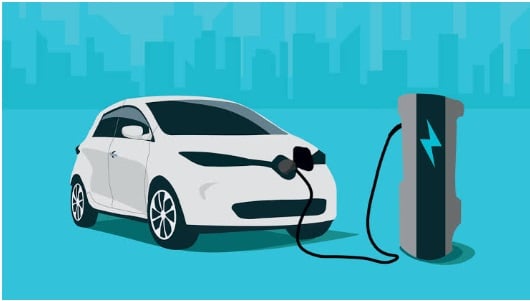
Electric vehicles (EVs) represent a significant shift in the automotive industry, offering a cleaner and more sustainable alternative to traditional gasoline or diesel vehicles. Powered by electric motors and rechargeable batteries, EVs have gained popularity due to their lower environmental impact and potential cost savings over time. In this comprehensive guide, we’ll explore the different types of electric vehicles, how they work, and the various methods for charging them.
Types of Electric Vehicles:
- Battery Electric Vehicles (BEVs): BEVs are fully electric vehicles that rely solely on electricity stored in batteries for power. They produce zero tailpipe emissions and offer an environmentally friendly driving experience.
- Plug-in Hybrid Electric Vehicles (PHEVs): PHEVs combine an electric motor with an internal combustion engine and can operate on electricity from their battery, gasoline, or a combination of both. They provide flexibility for drivers who may need longer driving ranges but still want the option of electric-only driving.
- Hybrid Electric Vehicles (HEVs): HEVs feature both an internal combustion engine and an electric motor but cannot be plugged in to charge their batteries. Instead, they use regenerative braking and the internal combustion engine to recharge the battery while driving.
Advantages of Electric Vehicles:
- Lower greenhouse gas emissions: EVs produce fewer emissions compared to traditional vehicles, helping to reduce air pollution and combat climate change.
- Reduced dependence on fossil fuels: By utilizing electricity as a primary source of power, EVs decrease reliance on finite fossil fuel resources and promote energy independence.
- Potential cost savings: EV owners may benefit from lower operating costs over time due to reduced fuel and maintenance expenses compared to gasoline vehicles.
- Quiet and smooth driving experience: Electric motors offer instant torque and quieter operation, resulting in a smoother and more enjoyable driving experience for EV owners.
Charging Electric Vehicles:
EVs can be charged through various methods, including home charging, public charging stations, destination charging, workplace charging, and wireless charging. Home charging is convenient and allows EV owners to replenish their vehicle’s battery overnight, while public charging stations provide flexibility for longer trips. Destination and workplace charging offer additional charging options at businesses and other locations, while wireless charging technology eliminates the need for physical connections.
Overall, electric vehicles offer a sustainable and efficient mode of transportation, with advancements in technology and infrastructure driving increased adoption worldwide. As the automotive industry continues to evolve, EVs are poised to play a crucial role in shaping the future of transportation